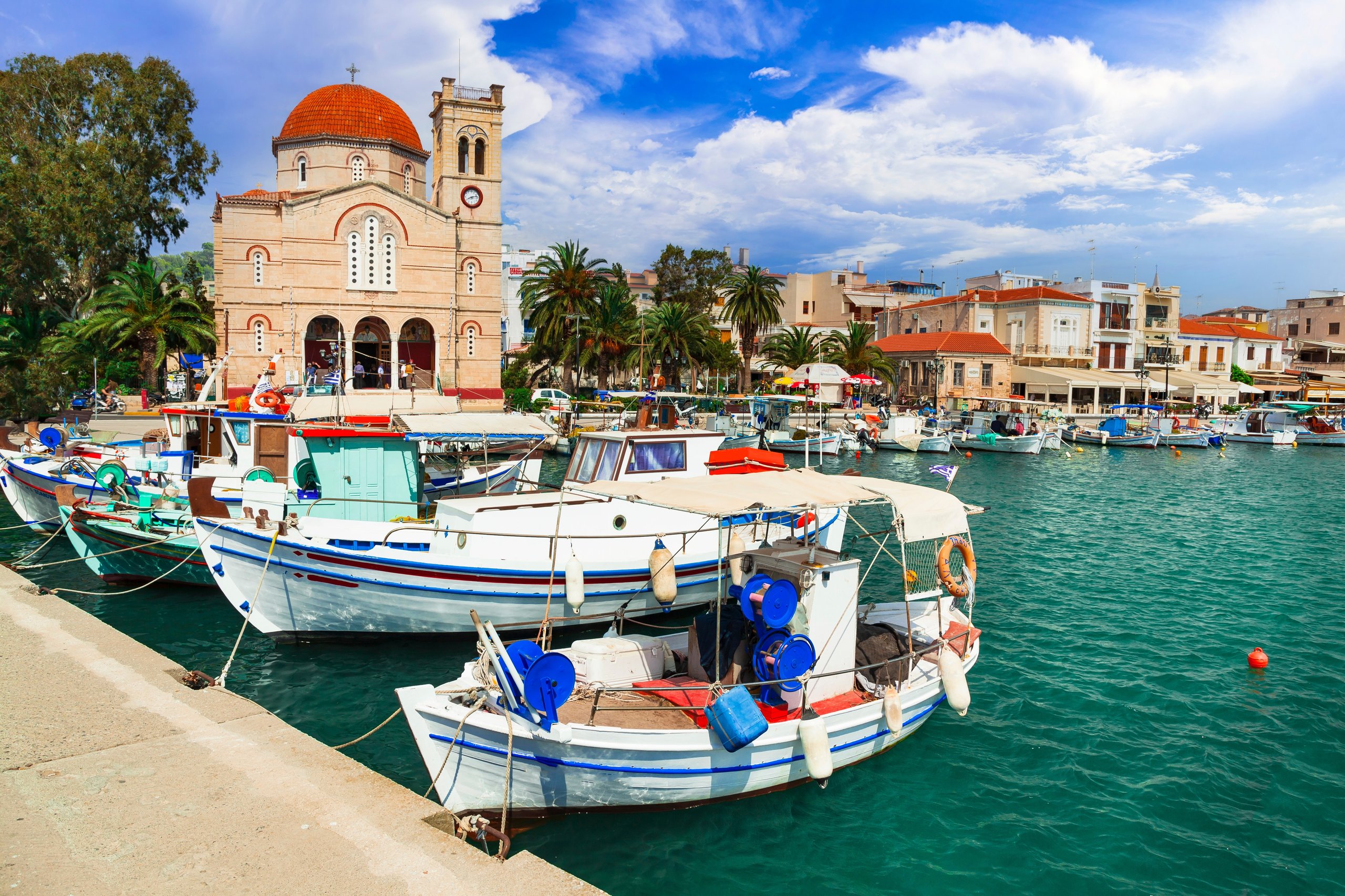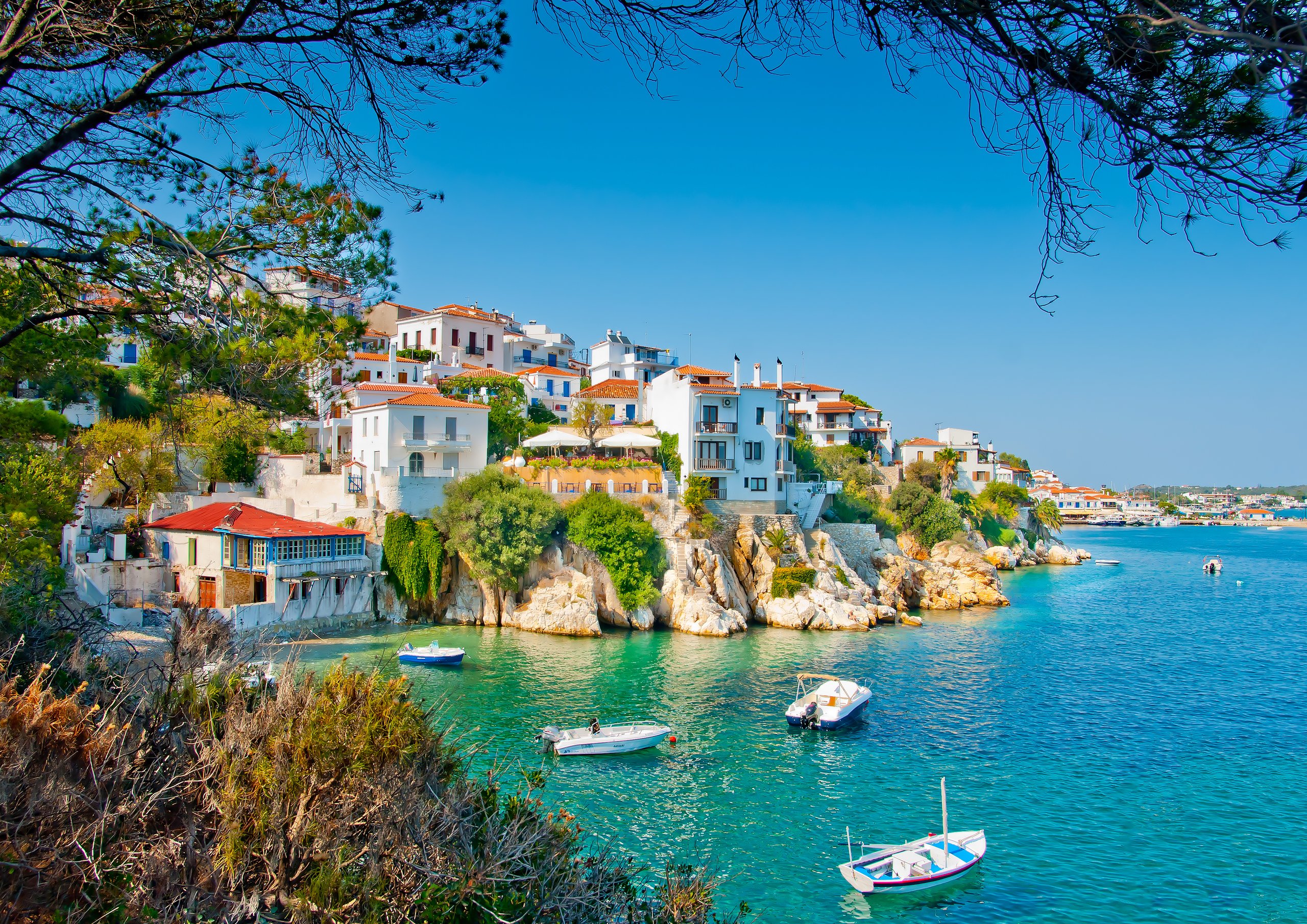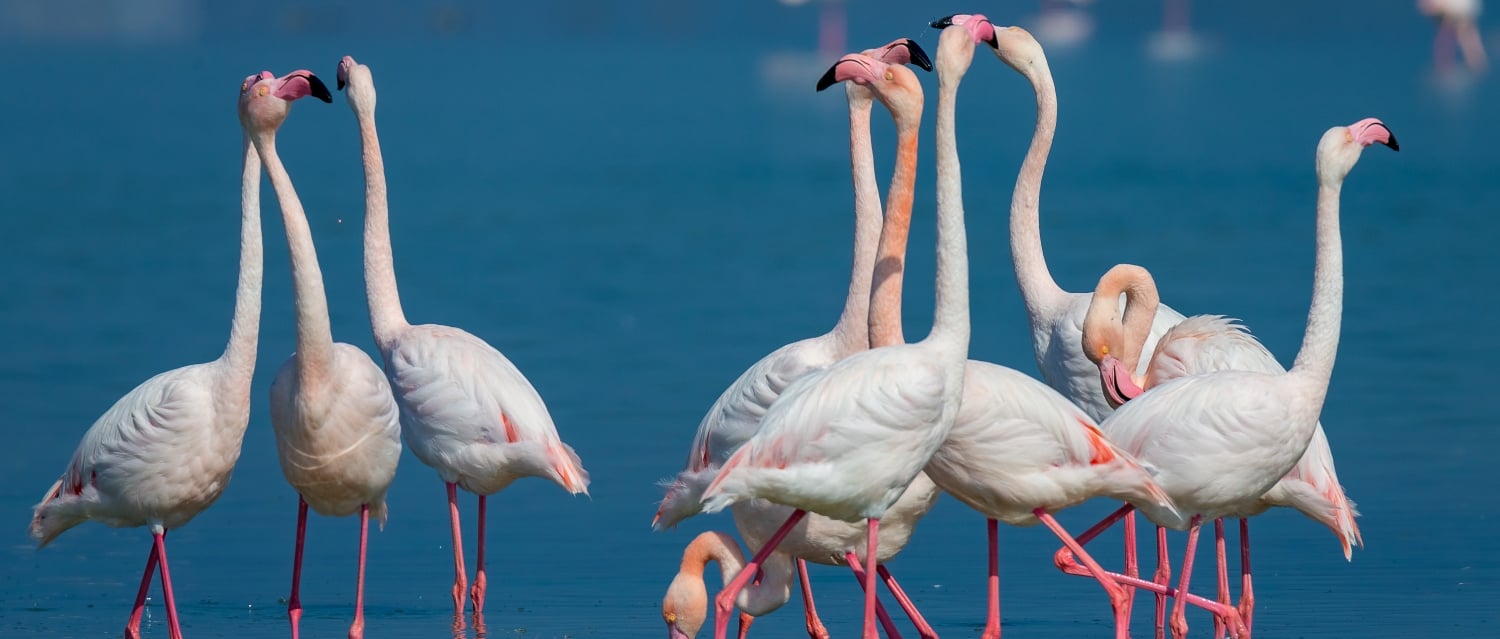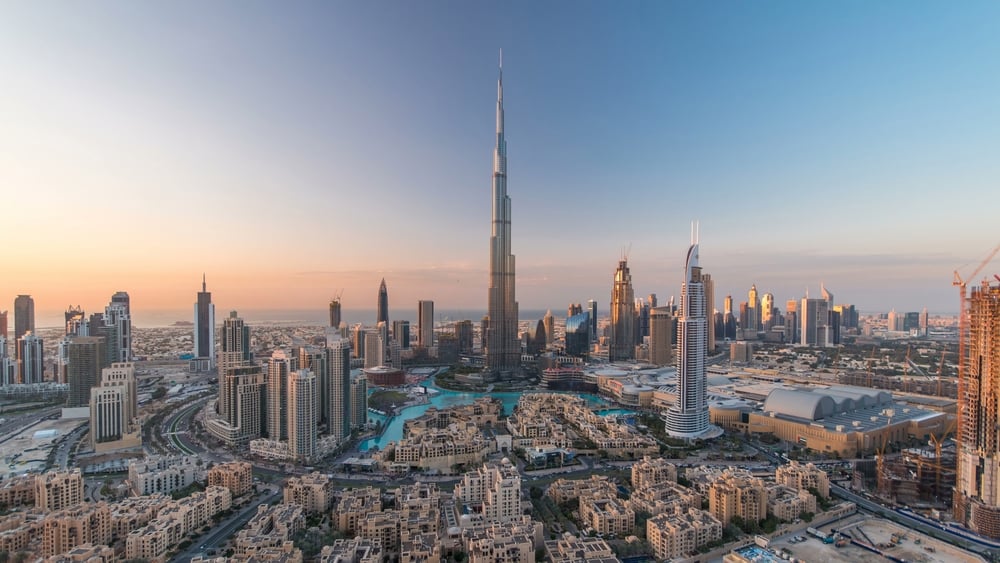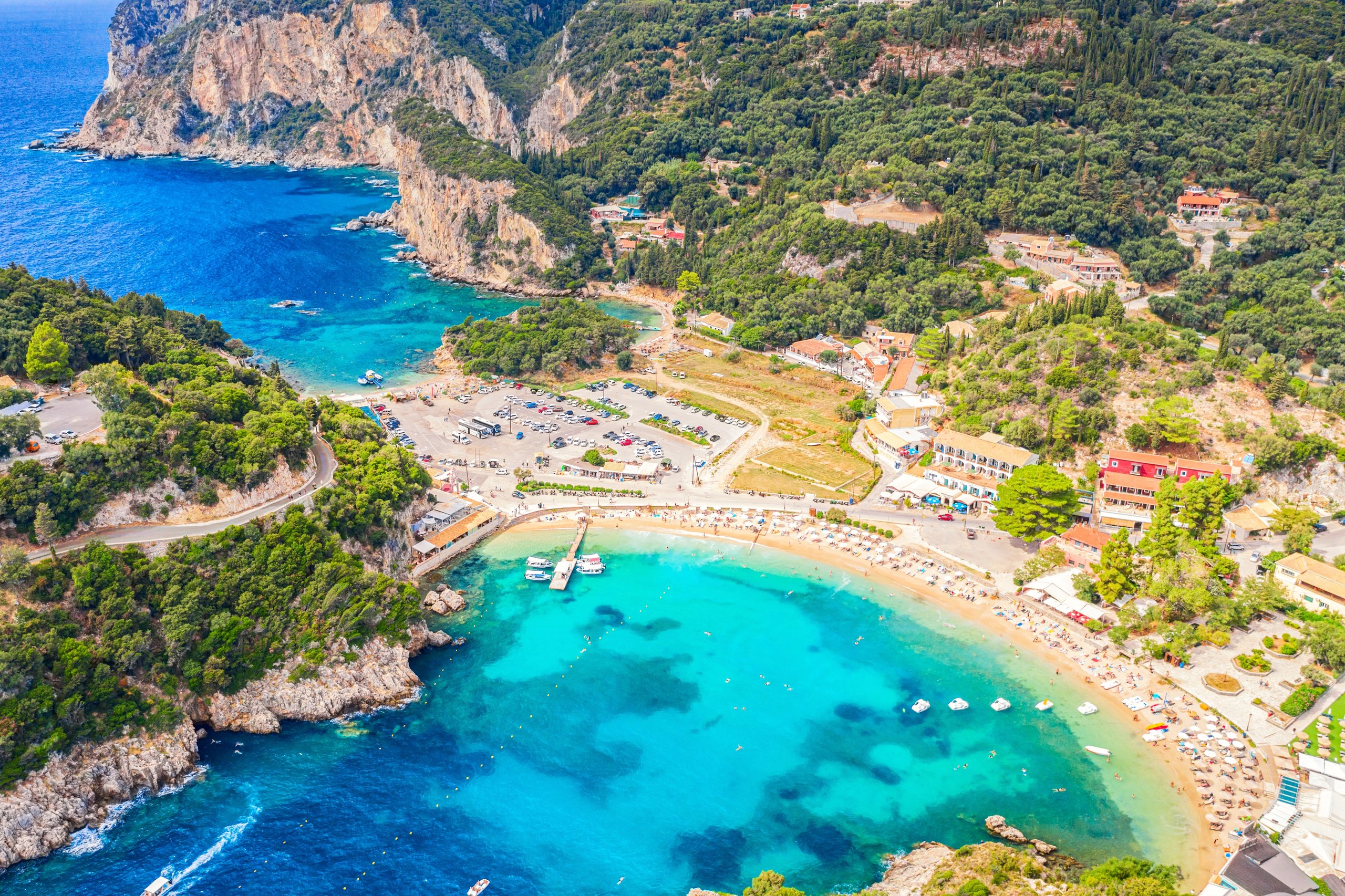There are more than 23,000 species of wildlife in Greece, plus 3,500 in the sea. But what wildlife might you see near your Greek home?
Owning a property in Greece comes with the benefit of being able to enjoy the natural surroundings when the tourists aren’t there. On a quiet evening, after the sunbathers have all trundled off the beach to prepare themselves for an evening out dining at a taverna, take a moment to paddle in the sea and survey the wonders of nature all around you. Dusk is often when the wildlife come out of hiding to have their dinner.
Look up at the rocky cliffs, glowing in the setting sun, and the towering mountains in the distance. Watch the yellow-legged gull strutting around the beach looking for crumbs, and the swallows circling and swooping for insects. There may even be a nest of turtle eggs hidden in the soft sand.
Observe the cormorant as it dives under the water and count to see how long it takes him to triumphantly pop back up with a fish in his beak. How can he fail when the water is so clear and teeming with life? How lucky is the person who lives in Greece – able to enjoy these sights whenever they want?
Wildlife in Greece
When you own a home in Greece, you’ll have more time to go diving in the sea, kayaking around the sea caves or hiking in the mountains. Here you’ll discover other amazing worlds, where creatures hide from humans. Such as the Mediterranean monk seal, Balkan Lynx and golden jackal. But with time and patience – and some local knowledge – you could see wildlife such as, skinks, flamingos and dolphins.
Mediterranean monk seals in Greece
Mediterranean monk seals are the rarest seal species on the planet [1]. Of the 600 to 700 left in the world, around two-thirds live in Greece. They keep away from people by living in areas that are hard to get to, such as sea caves. Among the areas of Greece where they have been spotted are The National Marine Park of Alonnisos in the Northern Sporades and around Zakynthos (Zante).
Loggerhead turtles
In Greece, loggerhead turtles (Caretta caretta) visit beaches to lay their eggs in the soft sand. Zakynthos is well known for its nesting areas, especially Laganas Bay and Marathonisi Island. Other places where you might see them are Mounda Beach and Kaminia Beach on Kefalonia and Kyparissia Bay and Lakonikos Bay in the Peloponnese. There are also some nesting sites around Rethymno and Chania on Crete. If you are in the area, you should avoid disturbing them, wear biodegradable suntan lotion and not shine lights near nests at night.
Skinks
Skinks are a type of lizard with shiny smooth skin that live under rocks and soft soil. There are three main types in Greece: the ocellated skink, the snake-eyed skink and the Greek legless skink. As the name suggests, the legless skink looks more like a grass snake, but with a lizard’s head. Skinks are mostly spotted in coastal areas, basking in the sun around Crete, Attica, Peloponnese, Kefalonia and the Cycladic islands.
Golden jackals
Golden jackals, which are similar to a fox, are mostly found on the island of Samos. However, there are also some in the Peloponnese, particularly on the Mani peninsula. In the still of the night, you might hear their howls, but they are hard to spot as they hide during the day.

Wildlife you might see
The wildlife you are likely to see near your home in Greece will depend on the landscape in your area. In northern Greece, you might spot a European ground squirrel. Whereas, on the island of Crete you could see the kri-kri goat, a wild goat only found on Crete. In the Samaria Gorge, you’ll find various species such as badgers, polecats, bearded vulture, griffon vulture, peregrine falcon and warblers. There are even golden eagles, which are an endangered species.
Over 50 percent of the national territory is made up of natural ecosystems and habitats with forests and woods covering 33%. Some of the most commonly seen wildlife in the Greek countryside are hedgehogs, hares, deer, reptiles, lizards, snakes and rabbits. On our daily walks with the dog in the Peloponnese we used to see a tortoise. Our friends, who walked earlier in the morning used to see an octopus on the rocky shoreline.
Birds seen in Greece
Sparrows, tits, magpies, pigeons and collared doves are quite a common sight near houses in Greece. Other frequently seen birds include the Eurasian jay, hooded crow, swallows, wagtails and warblers. You might also see Hoopoe birds and eagles in some locations.
According to the Hellenic Ornithological Society there are 478 types of bird recorded in Greece, many of which are migratory, stopping off in Greece to breed. If your property has an open view with electric cables or a fairly bare tree, you might witness a starling murmuration. These usually happen at dusk in the winter months, just before they settle down on a suitable perch.
Birdwatching on Lesbos
The island of Lesbos is well known among bird watchers, as many migrating birds stop off there. Some of the birds recorded on Lesbos include osprey, lesser kestrels, warblers and nuthatch, as well as storks and herons in the salt pans. Other islands with a habitat that attracts birds are Crete, Corfu and Skyros.
Vultures in the forest
Dadia’s Forest, north of Alexandroupoli in northern Greece, is on a bird migratory route. Here you can spot some European birds of prey, such as the cinereous vulture and eastern imperial eagle. You will see birds in forests across Greece, and after a few years you’ll get to know when migratory birds usually cross your region and can look out for them.
Flamingos
Up to 30,000 flamingos migrate from Africa to winter in the wetlands of Lefkada, arriving in early November. In the spring they can also be seen at the Aliki Salt Lake on Paros. Another great location is Agios Mamas Marsh on Chalkidiki, while at Korission Lagoon on Corfu, it’s possible to see flamingos and pelicans.

Pelicans
In Northern Greece, Lake Kerkini is the prime location for both dalmatian and white pelicans, with thousands spending their winters there. However, the most famous pelican in Greece is undoubtably “Petros” on Mykonos. Since 1954, he has been a popular mascot of the island, loved by tourists and locals alike.
When he died, the islanders were so upset, Jackie Kennedy-Onassis (wife of US president John F. Kennedy), decided to give them another pelican, called Irene. It is said that Hamburg Zoo also donated one called Petros. Another injured pelican was found by a fisherman and nursed back to health and was named Nikolas. Today, all three characters waddle around the streets of Mykonos and down by the port.

Butterflies
Along with Greece’s beautiful wildflowers come various butterflies. One that appears in large numbers is the Plain Tiger butterfly, which is orange with black margins and white spots. You can see them mainly near the coast, especially on the islands of Crete and Corfu, and in the vineyards of the Attica region during the migration period.
“My family and other animals”
Anyone who has read the book “My Family and other animals” by Gerald Durrell, or even seen “The Durrells” TV series, will be familiar with some of the wildlife you might encounter in Greece. Among those mentioned with fondness in the book are a gecko named Geronimo, a tortoise called Achilles, Quosimodo the pigeon, Ulysses the owl and Cecily the praying mantis. Other creatures mentioned were toads, butterflies, bats, gulls and magpies.
Among Gerald Durrell’s quotes, I thought these two best represented how important it is that the wildlife of Greece is protected, so that future generations can experience its beauty. It’s also a reminder to us all to view wildlife, as you would art or a historic site.
“Until we consider animal life to be worthy of the consideration and reverence we bestow upon old books and pictures and historic monuments, there will always be the animal refugee living a precarious life on the edge of extermination, dependent for existence on the charity of a few human beings.”
– Gerald Durrell
“My childhood in Corfu shaped my life. If I had the craft of Merlin, I would give every child the gift of my childhood.”
– Gerald Durrell, My Family and Other Animals
Sources:
[1] Rarest seal | Guinness World Records
[2] Convention on Biological Diversity
You might also like:

